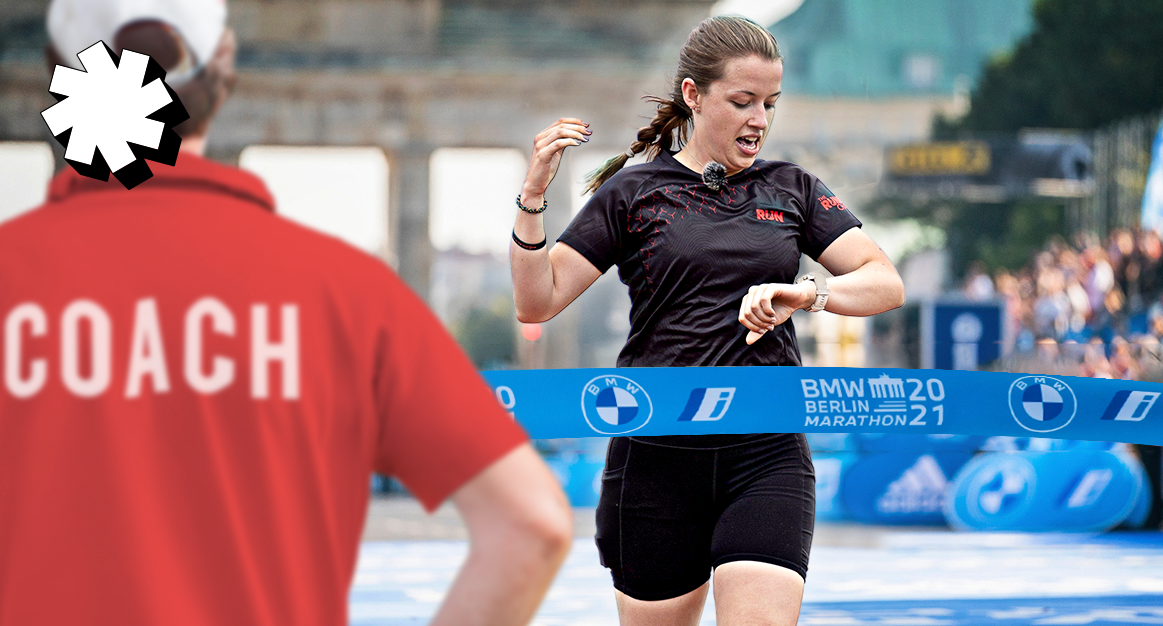Why Should You Run With A Low Heart Rate (MAF Method)

If you sit in the pub with a group of runners long enough it won’t be long before you hear the word MAF mentioned. Some swear by it, others swear at it but what is it?
The Maximum Aerobic Function (MAF) method is a training approach that focuses on improving your aerobic capacity. It is based on the principle that the more oxygen your body can utilise during exercise, the better your endurance and performance will be. The MAF method was developed by Phil Maffetone, an American coach, and exercise physiologist, who has worked with professional athletes and runners.
The MAF method involves training at a heart rate that is below your Maximum Aerobic Function threshold. This threshold is calculated by subtracting your age from 180. For example, if you are 30 years old, your Maximum Aerobic Function threshold would be 150 (180 – 30 = 150). Training at this heart rate helps to improve your aerobic capacity by increasing the efficiency of your body’s oxygen utilization.
The idea behind the MAF method is to train your body to rely more on fat as a source of energy, rather than carbohydrates. This is because fat is a more sustainable and efficient source of energy, which means that you can sustain your energy levels for longer periods of time. By training your body to use fat as a primary fuel source, you can also avoid the energy crashes that come with relying on carbohydrates.
To follow the MAF method, you will need a heart rate monitor to track your heart rate during exercise. Start by warming up for 10-15 minutes, and then begin running at a heart rate that is below your Maximum Aerobic Function threshold. If your heart rate exceeds your threshold, slow down your pace until it falls back within the target range. You can continue to run at this pace for as long as you like, but it is recommended to start with shorter sessions and gradually increase the duration over time.
The MAF method is not just about running at a specific heart rate; it is also about making lifestyle changes that support your aerobic capacity. This includes following a healthy diet that is high in nutrient-dense foods, such as fruits, vegetables, and lean protein. It also means getting enough rest and recovery time to allow your body to adapt to the training.
Andy does a full deep dive into MAF in a recent video so to learn more and let us know what you think about this method head over and watch the video now.





























Running News
Could Shanghai Marathon Become A World Marathon Major?
Mengesha and Ketema Win The 2024 Berlin Marathon
ATHLOS 2024: An Incredible Night Of Women’s Track Racing in NYC